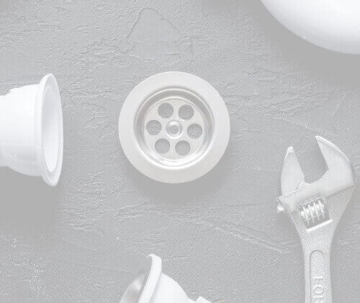In our last blog post, we mentioned trenchless technology as a method to repair or replace a damaged sewer line. If you wondered when reading that (or seeing this headline) “What’s trenchless technology?” then this blog post is for you. We’ll explain how trenchless technology works, and the advantages it offers to you when it comes to plumbing work.
Trenchless technology is line repair/replacement without all the digging
Trenchless technology is a type of lateral boring that was first developed for mining in the 1930s and then became popular for civic engineering since it allowed the laying of pipes and electrical lines under streets without disrupting the streets. The technology involves digging small holes at the two ends of the area where a pipe needs to be either placed or repaired. A hydraulic device attached to one end of the pipe then draws a pipeliner through from the other side and sets it into place. If the old pipe needs to be replaced, a pipe burster is then drawn through the pipe with a chain, which expands the pipeliner to replace the pipe entirely.
Why this is an advantage
The standard way to replace a buried sewer line is to dig a trench using excavation equipment. This is a lengthy and messy project, and it will leave the lawn and garden looking like an archaeological dig. Trenchless technology only requires digging two small holes (sometimes only one when the sewer line can be accessed from indoors) which are easily filled in afterward. The process is also speedy, usually requiring only a few hours. This also means that using trenchless technology is less expensive.
The short version: if you have access to a company that uses trenchless technology, there’s no reason to use conventional digging for your sewer or water main services!
Mallick Plumbing & Heating uses the best in trenchless technology. Call us for service today in Silver Spring, MD.

